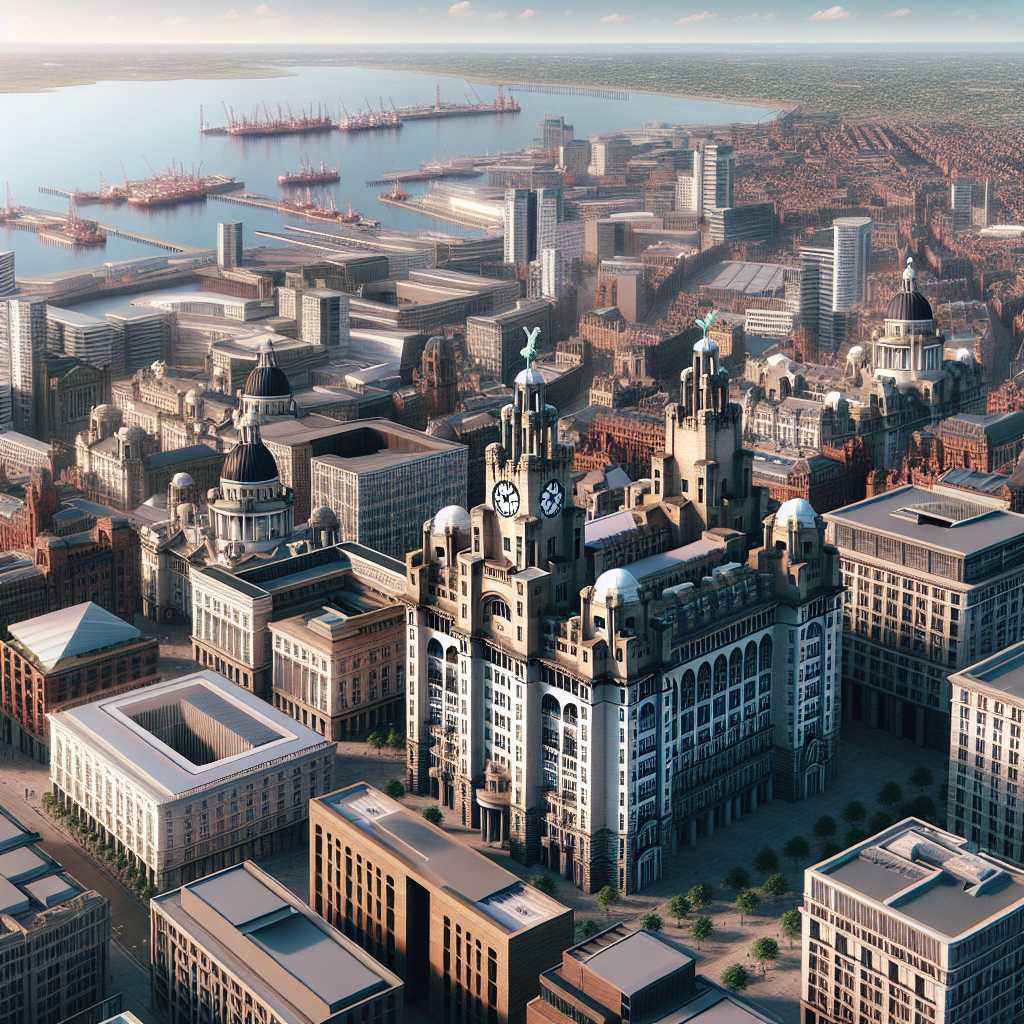The Storied History and Cultural Significance of Liverpool
Liverpool, a city situated in the northwest of England, is renowned for its rich historical and cultural tapestry. This maritime city extends beyond the mere geographical boundaries, venturing into the remarkable realms of music, sports, and architectural splendor. The following article comprehensively explores the multifaceted charm of Liverpool.
A Harbor of Heritage: Liverpool’s Maritime Past
Liverpool’s emergence as a major port can be dated back to the 18th century when it played an instrumental role during the British Empire. Known for its maritime commerce, especially in the trade of sugar, tobacco, and later cotton, the city’s docks bustled with energy and provided a vital link to international markets. The historic docklands area, now known as the Liverpool Maritime Mercantile City, was designated a UNESCO World Heritage site in 2004 (though it was stripped of that status in 2021). Liverpool’s maritime legacy also bears witness to darker chapters of history, notably its role in the transatlantic slave trade.
Beatlemania and Musical Eminence: A Legacy Continued
The worldwide phenomenon of The Beatles began in Liverpool with John Lennon, Paul McCartney, George Harrison, and Ringo Starr revolutionizing music in the 1960s. Their legacy continues to magnetize millions who visit destinations like The Cavern Club or participate in dedicated tours. However, the city’s influence on music transcends The Beatles. It has cultivated thriving music scenes across various genres and boasts an exceptional range of live music venues fostering new talent continually; thus reaffirming Liverpool’s stature as a UNESCO City of Music.
The Beautiful Game: Football Fervor in Liverpool
Liverpool’s football history is inseparable from its cultural fabric. Home to two Premier League football clubs—Liverpool F.C. and Everton F.C.—the city pulses with deep-rooted rivalries that flare up brightly during matches at Anfield and Goodison Park. Football is a lived religion for many Scousers (a local term for people from Liverpool), imbuing every goal, save, and tackle with emotional gravitas. Supporting football forms a substantial aspect of life here and moulds community identity, often shared across generations.
Architectural Greatness Amidst Urban Grit: From Albert Dock to St. George’s Hall
The architecture in Liverpool is a reflection of its rich past, encompassing a spectrum from Georgian terraces to Victoria gothic structures. Notable civic buildings like St. George’s Hall are testimonies to its prosperous times, radiating regal beauty and sophistication. The Albert Dock repurposes historical warehouses into a modern hub for shopping, dining, and art museums like Tate Liverpool, which reminds us that cities mesh old essence with contemporary energy—a harmonious coexistence ever-present in Liverpool.
Cultural Hotspot: Museums, Art Galleries and Year-Round Events
Liverpool’s impressive array of museums add depth to understanding British sociocultural history whether through exhibitions at Merseyside Maritime Museum or the interactive showcases at World Museum Liverpool. The Walker Art Gallery houses one of England’s largest art collections outside London.
A penchant for celebration leads to extravagant arts and music festivals year-round. Events such as Liverpool Biennial — a festival for contemporary visual art — aids in establishing the city as a breeding ground for artistic innovation.
Socio-Economic Perspectives: Challenges and Opportunities for Liverpudlians
Liverpool grapples with socio-economic challenges reflective of other post-industrial British cities such as unemployment or urban deprivation in certain areas. However, initiatives aimed at regeneration have been pivotal in rebranding areas while maintaining social heritage—case in point being Baltic Triangle area which combines creative industries with independent cultural projects fostering economic growth.
Engagements with Education: Schools and Universities
The presence of several higher education institutions such as the University of Liverpool, Liverpool John Moores University, and Liverpool Hope University fortifies Liverpool as an educational centre conducive to leading research developments and cultural exchange among international students.
Infrastructure Development: Transport and Connectivity
Infrastructure in Liverpool shows a sustained pace of modernization while acknowledging historical context. Transport links via the Mersey Ferries or rail networks exemplify robust connectivity both locally and with broader national territories.
Environment and Green Spaces: Balancing Nature with Urbanism
Despite urbanization strides witnessed over time, Liverpool boasts numerous green spaces such as Sefton Park—an exertion at balancing developmental work with ecological conscience.
Notes
_Image Description_
An aerial view captures numerous landmarks that punctuate Liverpool’s skyline—among them are the iconic Royal Liver Building and Mersey River docks—with modern buildings mingling inconspicuously amidst historic architecture under a clear blue sky.
